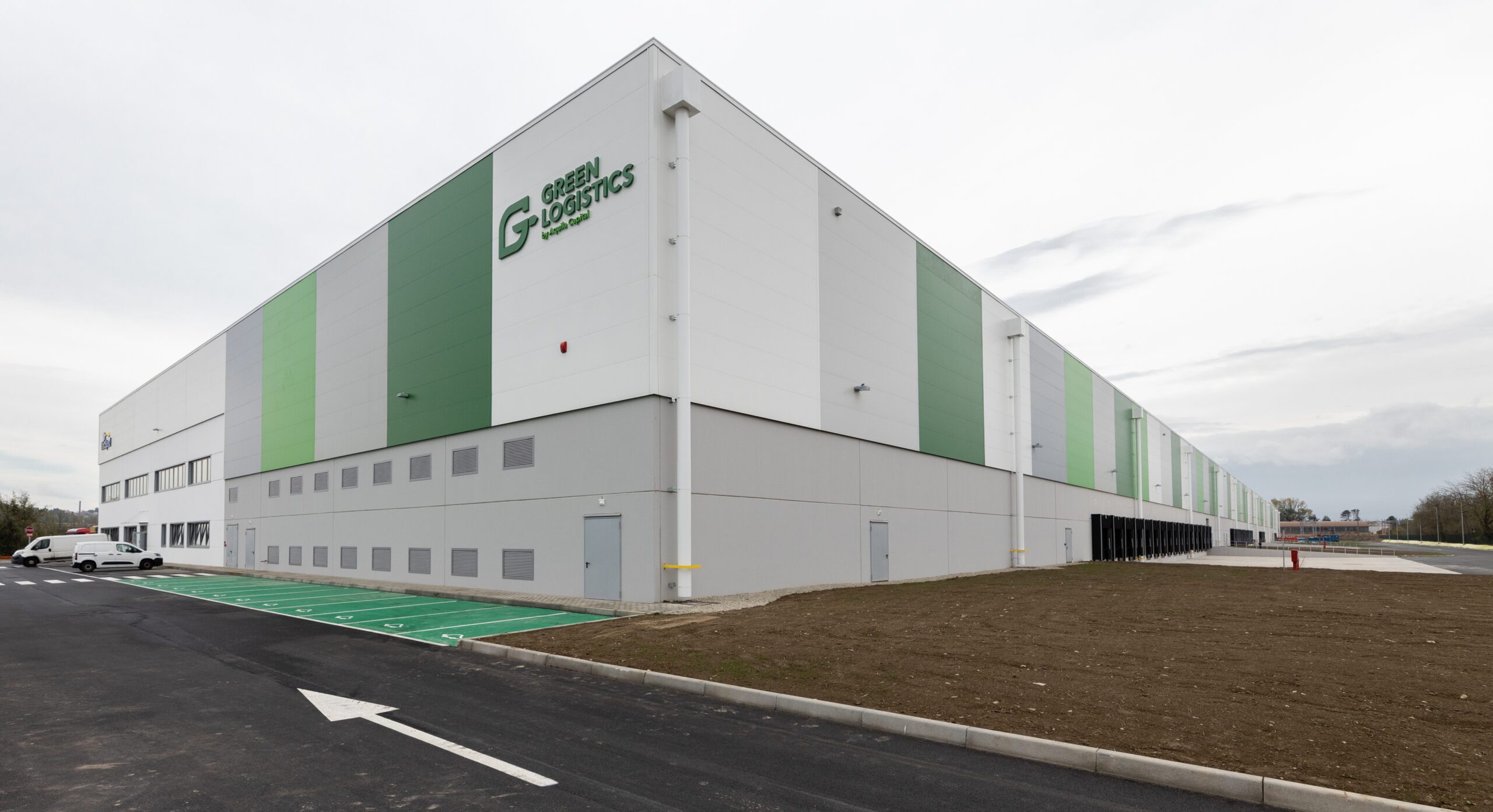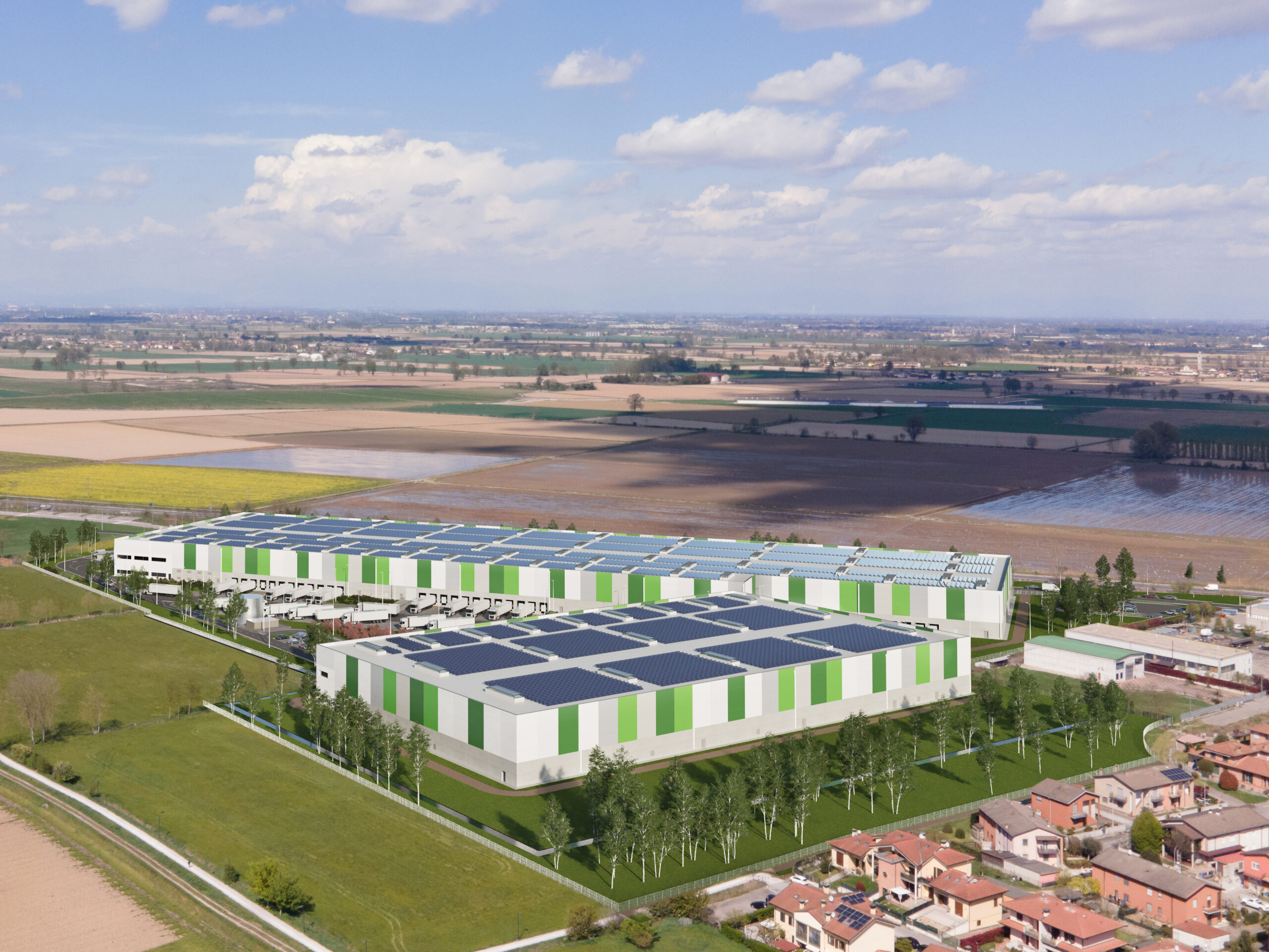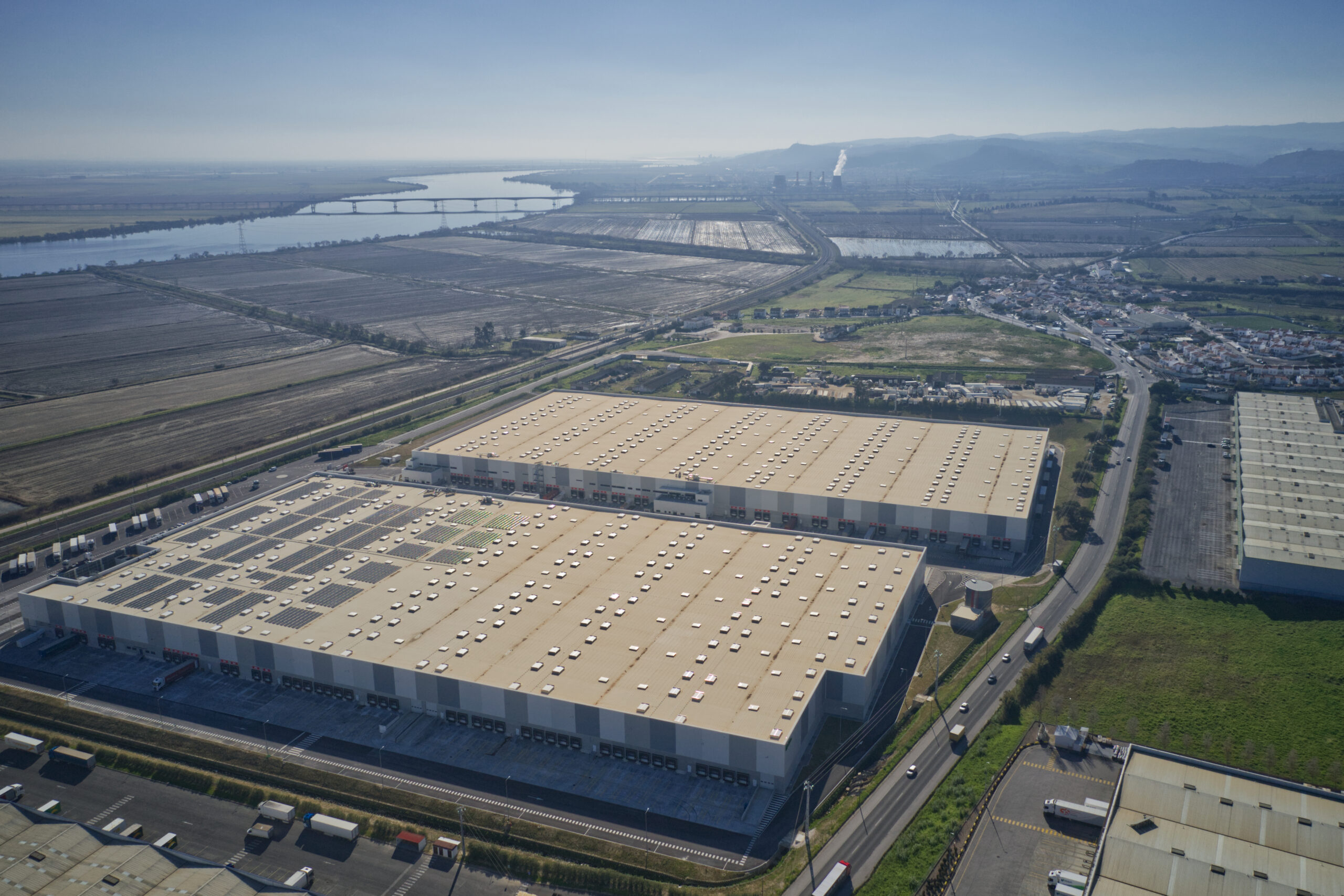The key design elements needed to create an efficient logistics park

Efficiency is an essential factor to remain competitive within the logistics environment. Logistics parks play an essential role in this regard, as they are the epicentre of the supply chain. However, which key design elements guarantee a truly efficient logistics park? From the strategic distribution of facilities to the implementation of advanced technologies; each detail is crucial. In this article, we explore what the main components of an optimised logistics park are, and how they help operations run smoothly and maximise productivity within the current logistics landscape.


Important elements that must be considered when designing the layout of an efficient logistics park
When planning the layout of an efficient logistics park, it is important to take some key elements into account to optimise operational flow and strengthen productivity. Firstly, a strategic location must be chosen by selecting a site that is close to the main communication networks and consumption centres. Internally, the park should be designed to minimise transfer times and distances, so goods can be easily transported. The right storage and material handling systems must be chosen to maximise the available space. Implementing advanced technologies, such as stock management and automation systems, will also streamline processes and reduce errors. Flexible design is no less important, as this will allow the park to be adapted to future requirements. If a logistics park is designed taking these elements into account, it will be prepared to face the challenges of the current logistics environment effectively and successfully.


How to determine the best size and distribution of logistics park storage areas
The best size and distribution of storage areas within a logistics park must be determined to make sure it operates efficiently. To do this, all storage requirements, types of products and stock rotation needs must be fully analysed. For example, using procedures such as ABC analysis to classify products according to demand and value allows adequate space to be assigned to each category. Work flows and transit routes must also be considered to minimise distances and maximise productivity. Implementing stock management technologies, and vertical and horizontal storage systems will optimise distribution. These key factors will prepare a logistics park to face logistics challenges flexibly and with the ability to adapt.
Criteria to follow to design the layout of loading and unloading areas within an efficient logistics park
Logistics park loading and unloading areas must be suitably designed to enable logistics operations to flow seamlessly. To achieve this, precise criteria must be followed to ensure the process is effective. Firstly, the internal traffic flow and storage area accessibility must be taken into account.
Space must also be optimised through a strategic layout to avoid bottlenecks. Then, signs and maps must be installed to help vehicles navigate the park. The size and number of platforms needed must also be calculated based on loading and unloading demands.
Finally, advanced technologies must be used to manage platforms and schedule activities.
If these criteria are followed, the logistics park will have a functional and productive layout.
It is therefore true to say that the design of an efficient logistics park is based on key elements that guarantee a fluid and highly productive operation. Different factors such as an optimised internal layout, use of advanced technologies and flexibility to adapt to change are essential to maximise supply chain performance. Storage, and loading and unloading areas must be distributed correctly to boost a logistics park’s productivity and ability to compete. By applying these design elements, companies can attain a high level of operational efficiency and successfully tackle logistics challenges.










